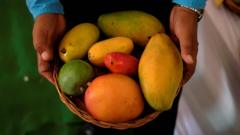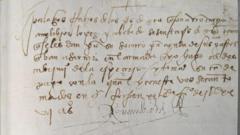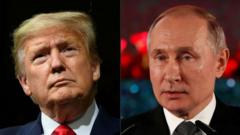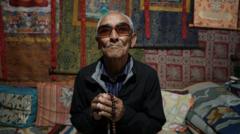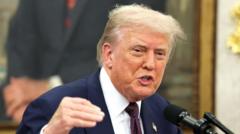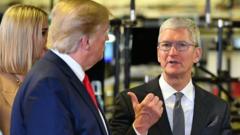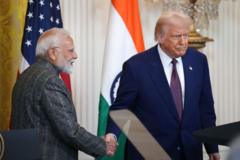The imminent auction of nearly 1,800 exquisite jewels tied to the Buddha’s remains has ignited a fierce ethical debate over their rightful ownership and the commodification of sacred artifacts.
Jewellery Tied to Buddha’s Remains Trigger Controversial Auction Debate
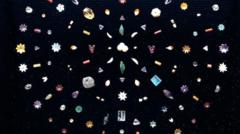
Jewellery Tied to Buddha’s Remains Trigger Controversial Auction Debate
The upcoming auction of jewels connected to Buddha’s relics at Sotheby’s raises ethical concerns
On Wednesday, a collection of extraordinary jewels, including pearls, rubies, and sapphires, closely linked to the Buddha’s remains, will be auctioned at Sotheby’s in Hong Kong. Discovered over a century ago in a mound in northern India, these valuables have largely remained hidden from the public eye, held within a private British collection. Now as they are set to embark on a new chapter, the sale ignites excitement among collectors but raises crucial questions about their moral implications.
Unearthed in 1898 by William Claxton Peppé, an English estate manager, the jewels were found with bone fragments identified as the Buddha's, tucked away in a stupa near Lumbini, his birthplace. This momentous archaeological finding has been touted as one of the most significant in modern history by experts like Nicolas Chow of Sotheby's. However, the impending auction has spurred debates on whether it is ethical to auction items deeply rooted in India's spiritual heritage.
Critics, including art historians like Naman Ahuja, argue these relics should not be commodities open for sale. "Are the relics of the Buddha a commodity that can be treated like a work of art to be sold on the market?" he questions. Furthermore, ethical considerations are compounded by the relics' connection to human remains, raising concerns among Buddhists. Amal Abeyawardene from the British MahaBodhi Society emphasized that the Buddha's heritage belongs to his descendants and followers, advocating for its preservation rather than commodification.
As the auction date draws near, Chris Peppé, the great-grandson of the original excavator, contemplates the decision to auction rather than donate the relics, citing complex issues surrounding potential donations. Peppé has undertaken extensive research, revealing that these jewels had once been considered duplicates under colonial law and were permitted for retention by his great-grandfather.
While Sotheby's insists on having completed due diligence regarding provenance and legality, experts remain divided. Scholars claim the auction transforms the relics into marketable items and continues a legacy of colonial exploitation. Peppé argues that within the monasteries he visited, few Buddhists regard these jewels as corporeal relics, suggesting a divide between Western academic definitions and the beliefs of the general Buddhist community.
In a broader context, the situation parallels other controversial artifacts, including the Koh-i-Noor diamond, seen by many as a symbol of colonial theft. The discourse on the auction raises fundamental questions about heritage, respect for sacred history, and the role of auction houses in handling culturally significant items. Ultimately, the resolution to this controversy will need to navigate both ethical concerns and cultural sensitivities amid the realities of artifact ownership.

